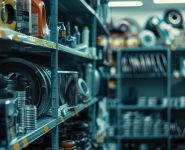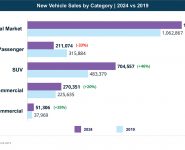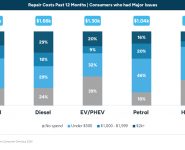THE LION BRAND LIVES ON
The year 2017 marked a pivotal moment for the Australian automotive industry with the closure of Holden’s manufacturing plant in Elizabeth, South Australia
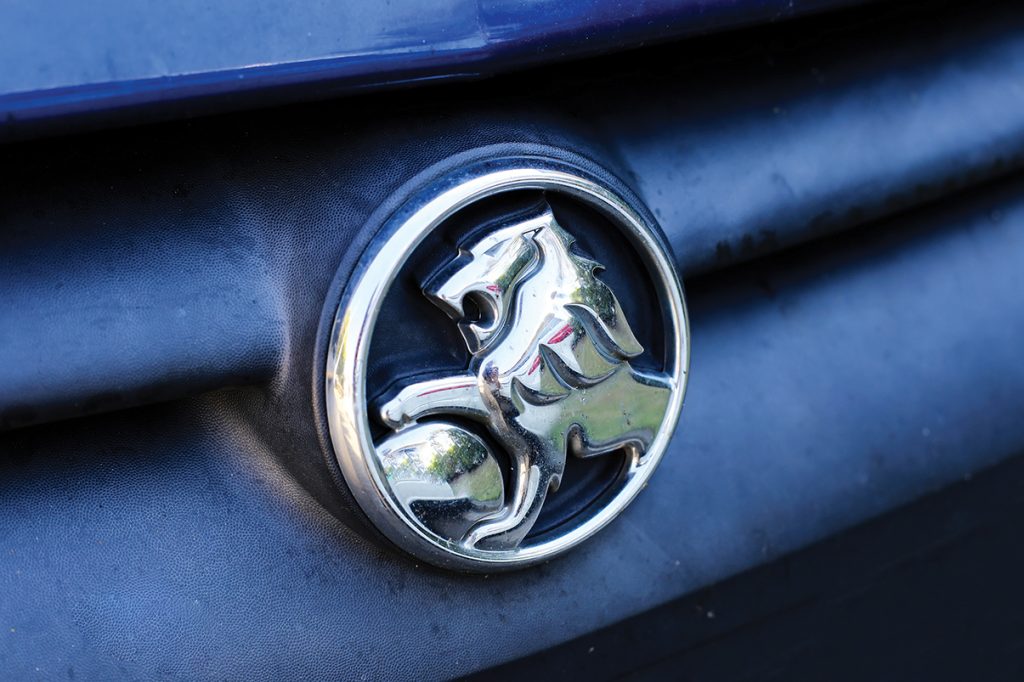
While this was a bittersweet farewell, the presence of Holden on Australian roads talks to the brand’s enduring legacy.
The Australian car parc is evolving with the rise of electric vehicles and more modern technologies, but iconic models like the Commodore still remain a staple.
From an aftermarket perspective, the longevity of these vehicles, combined with strong consumer loyalty (and the closure of the Holden dealer network), ensures that Holdens are still frequently seen in workshops across the country.
Enduring market share
With nearly two million vehicles on Australian roads (out of a total car parc of around 20 million passenger and light commercial vehicles), Holden still holds an impressive 10 percent share of the total car parc. This makes it the second most common in the country after Toyota.
This includes around half a million in each of VIC (approx. 552k) and NSW (approx. 477k), highlighting Holden’s dominance in these major markets during its heyday, and ensuring continued business for service and repair shops nationwide.
Looking at the data though, we can see that just under half of the remaining vehicles are pre-2010 models, with the wear and tear over time meaning that those vehicles are likely to need more complex servicing or repair work (for example, suspension / steering issues, transmission issues, brake system wear, and so on).
Given this, workshops will need access to technicians with the relevant training and experience to keep them in peak condition.
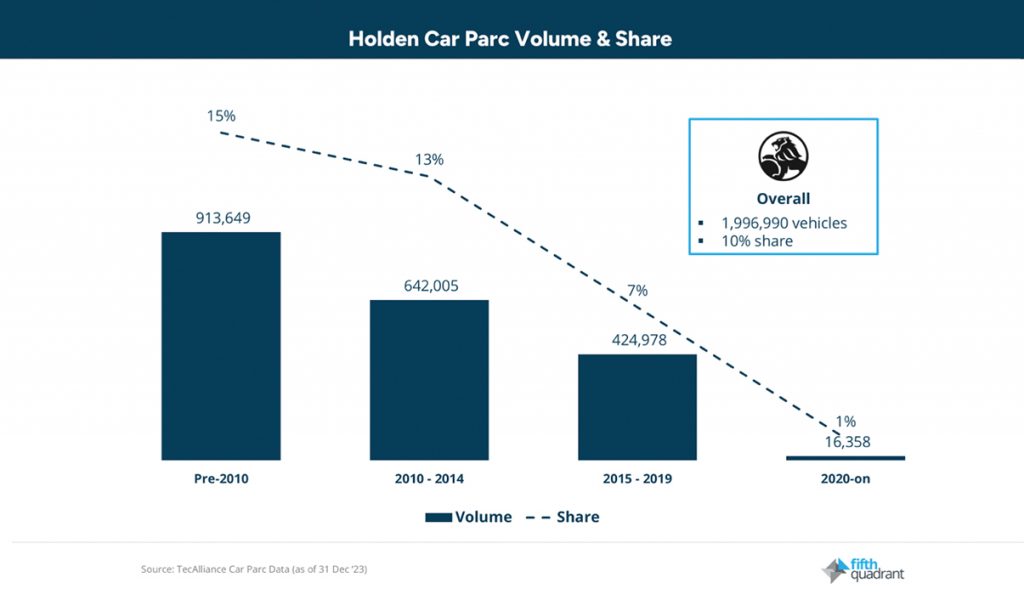
One name, one legacy
Although Holden has offered a wide range of models over the years, none have left a mark quite like the Commodore.
First launched in 1978, there are still more than 785,000 units on the road, standing as a testament to Holden’s appeal to both private and fleet buyers throughout the 1990s and early 2000s.
While the Commodore is the clear leader (with around 40 percent share), a number of other models are also still present in significant volumes.
The Rodeo and Colorado both still operate in the crowded ute market, while smaller models like the Astra and Barina once performed well in the competitive small passenger car segment.
For any workshop looking at the opportunity though, Commodore has to be top of the list.
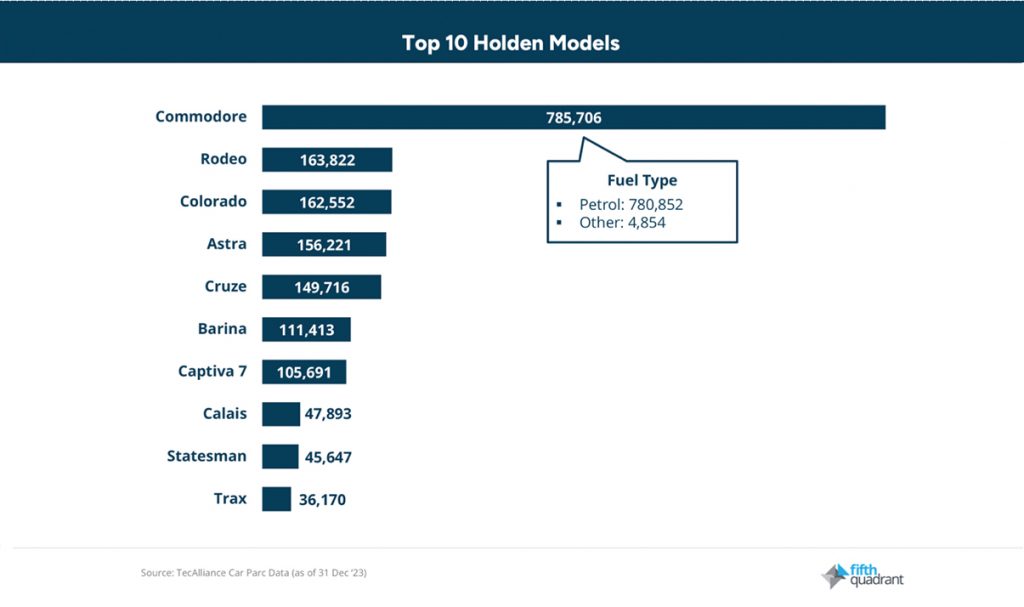
For Australian workshops, Holden remains a symbol of reliability and opportunity.
With nearly two million Holdens still on the road, and the iconic Commodore leading the charge, servicing and maintaining these vehicles offers substantial business potential.
As the Holden fleet ages however, these workshops will need to ensure their teams have the technical expertise to handle these models alongside their newer, more technologically advanced counterparts.
Ultimately, despite newer technologies taking a growing share of the market, there remains a strong case for investing in the skills needed to maintain Australia’s beloved Holdens well into the future.
This column was prepared for AAA Magazine by Fifth Quadrant, the AAAA’s partners in the AAAA Aftermarket Dashboard which is delivered to AAAA members each quarter.
For more information about its services, visit www.fifthquadrant.com.au or contact Ben Selwyn on ben@fifthquadrant.com.au


